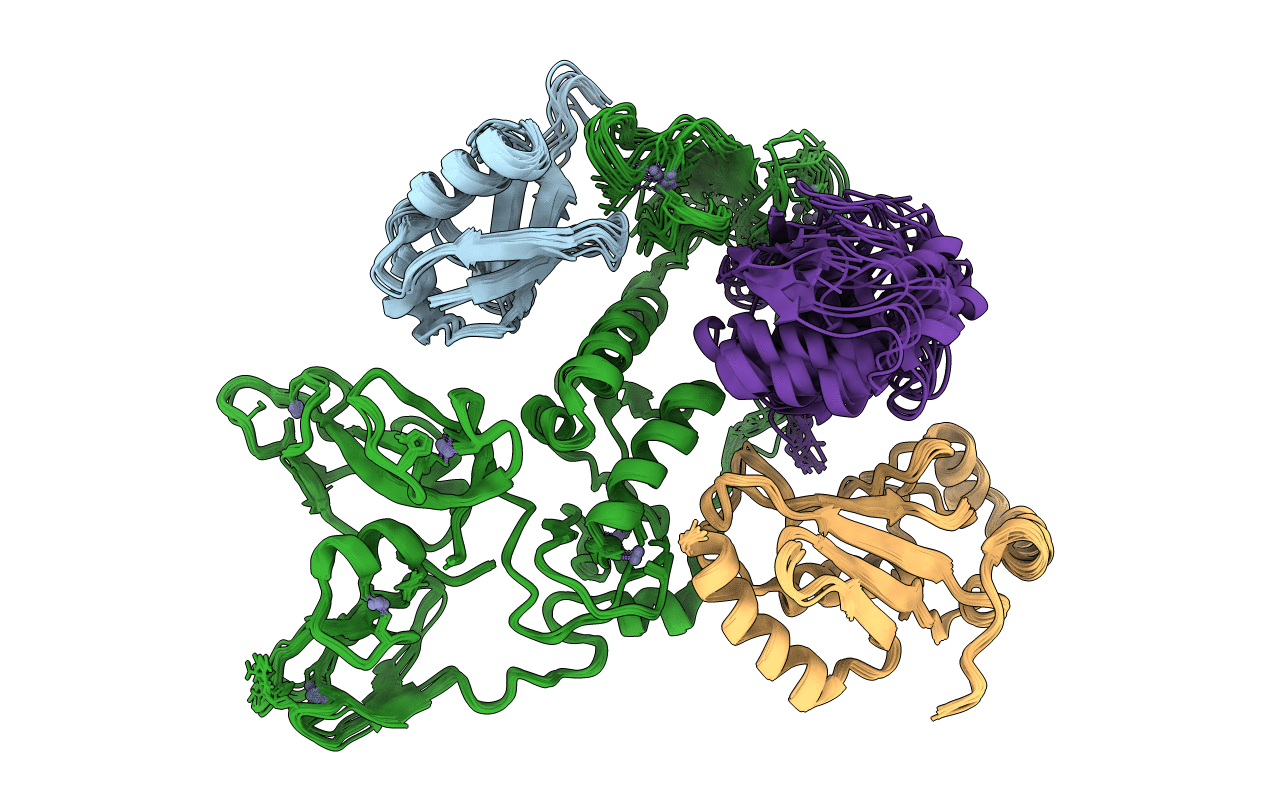
Deposition Date
2018-11-08
Release Date
2018-11-28
Last Version Date
2024-11-13
Method Details:
Experimental Method:
Conformers Calculated:
1000
Conformers Submitted:
10
Selection Criteria:
structures with the lowest energy


